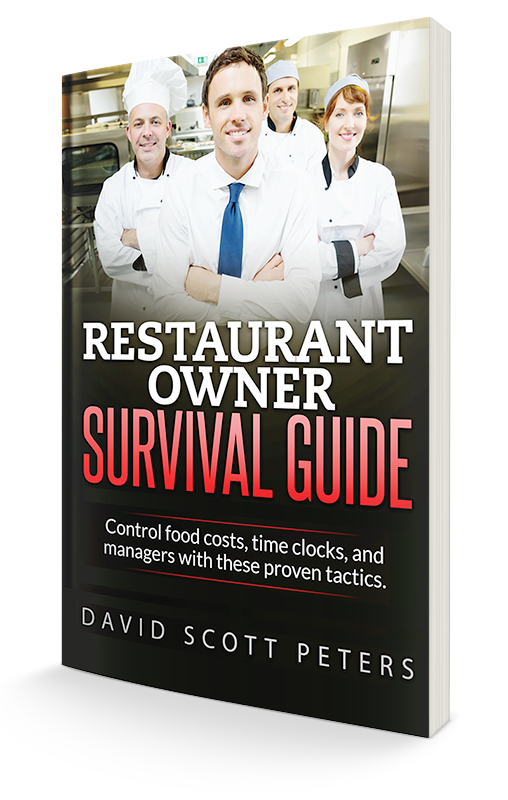How to Effectively Train Seasonal Restaurant Employees
You’ve heard me tell you the importance of investing in training your staff and seasonal restaurant employees are no different. You know proper training will increase your sales and customer satisfaction rates. In this article I’m going to focus on the ins and outs of being a successful trainer for your seasonal restaurant employees.
How people learn
To start, you need to understand that different people learn differently. There are three ways people learn: auditory, tactile and visual.
• Auditory learners need to hear you explain the task or process being taught
• Tactile learners need to actually physically do the task to learn it
• Visual learners need to see what you’re saying, such as words on a screen or notes in front of them
The best training sessions incorporate all three ways of learning into their teaching because, it’s likely that each trainee will have a different learning style and no matter what learning style a trainee learns best with, when you incorporate all three styles into a training, every trainee learns better.
The golden rule for training seasonal restaurant employees
I once attended a workshop at Disney University in Orlando, Fla., early in my career and one of the things that I retain and practice to this day is their “Golden Rules to Training,” which is PPETF.
P – Prepare yourself
As a trainer, you must fully understand the materials and tasks you’re about to teach. You need to know what the job or task is, how to do it, and how well you need your trainees to be able to perform it. Great trainers are always prepared.
P – Prepare the learner
Before any training session you should explain what the trainees are going to learn and what’s in it for them.
E – Explain the task
This is the time you teach the task at hand. This is when you address your auditory and visual learners by explaining what they’ll be doing, step by step, and actually show them how to do it.
T – Try it out
This is when you address your tactile learners, allowing your trainees to try it out and actually do what you just taught them.
F – Feedback and Follow-up
As the description states, this has two separate, yet equally important, steps.
First, effective feedback is an art. You must be specific about what was done right and wrong. The next part of this step is follow up. Training is ongoing. You need to teach your managers and trainers alike to understand that it’s their job to continue to follow up with their trainees to make sure they’re still doing what you taught them correctly.
Read more about the importance of forecasting sales and labor costs in our free special report, Breaking Away from the Insanity: How to easily take control of your restaurant and make more money. Download it here.


